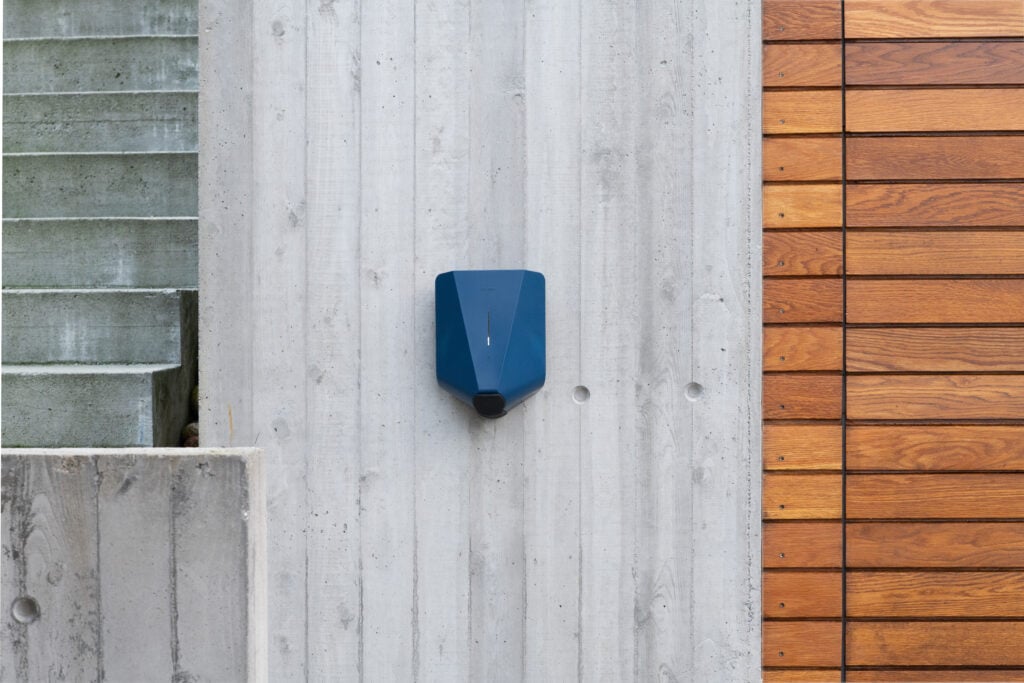It’s about the paper, not the product!
To drive innovation further, Easee has developed its own solutions and adopted new and groundbreaking technology where others have clung to the standards. This has received a lot of attention over the past month, but that’s not why Easee has gotten into trouble. It’s all about documentation.
— Frankly we have not documented our solutions well enough, says Easee founder and CTO, Kjetil Næsje.
Five years have passed since Easee’s first product was launched. Since then, 600,000 charging robots have been installed. The company has grown to become the largest charging company in Europe, and with very satisfied customers.
But then things got rough. One month ago, on 14 March 2023, The Swedish Electrical Safety Authority (Elsäkerhetsverket) introduced a sales ban for Easee’s charging robots in Sweden. It was an expensive and valuable lesson for the company.

— The chargers have always been safe. But Elsäkerhetsverket asked for documentation that should have been in place when we launched the chargers. That’s where we failed, says Næsje.
Prior to the sales ban, Elsäkerhetsverket was sent 15 independent tests and nine internal tests documenting the solutions, but it was not enough.
Insufficient documentation
Easee has launched an appeal against the sales ban to the Administrative Court in Karlstad and sent Elsäkerhetsverket a new risk analysis that proves that the chargers have been safe all along.
— When Elsäkerhetsverket points out risks with our solutions, it is because they have reviewed insufficient documentation, says CEO of Easee, Jonas Helmikstøl.
One of the main points that led to the Elsäkerhetsverket sales ban concerns the charging robot’s integrated RCD (ground fault protection), and the documentation that shows how this works.
Traditional electromechanical ground fault circuit breakers do not indicate whether they have been damaged, if they have been damaged as a result of short circuits, or if they have become too old. This actually makes Easee’s solution safer, explains Næsje.

— Our RCD tests itself without the user having to think about it. This self-test takes place automatically between every charging session and once a day. For example, if a short circuit is detected in one of the relays that starts and stops charging, it warns the customer, and it will not be possible to charge, he says.
Helmikstøl adds that this has not been documented well enough originally.
— But the new documentation we have now submitted is more specific to the things Elsäkerhetsverket addresses, such as the earth fault protection.
Aiming for world’s best documentation
The new risk analysis was commissioned in December, but the results were not ready in time. They were sent to Easee shortly after Elsäkerhetsverket introduced a sales ban.
Neither Næsje nor Helmikstøl want to speculate on whether the outcome would have been different if the analysis had been part of the original documentation that was sent to Elsäkerhetsverket.
Both feel confident that Easee’s solutions are better than the standard, but state that this must of course be documented better.
— If we had known about this, we would have done it a long time ago, says Helmikstøl.
Næsje adds that it has all been an important lesson for Easee:
— We’re going to make sure it never happens again. We want to be the best in the world when it comes to documentation.




